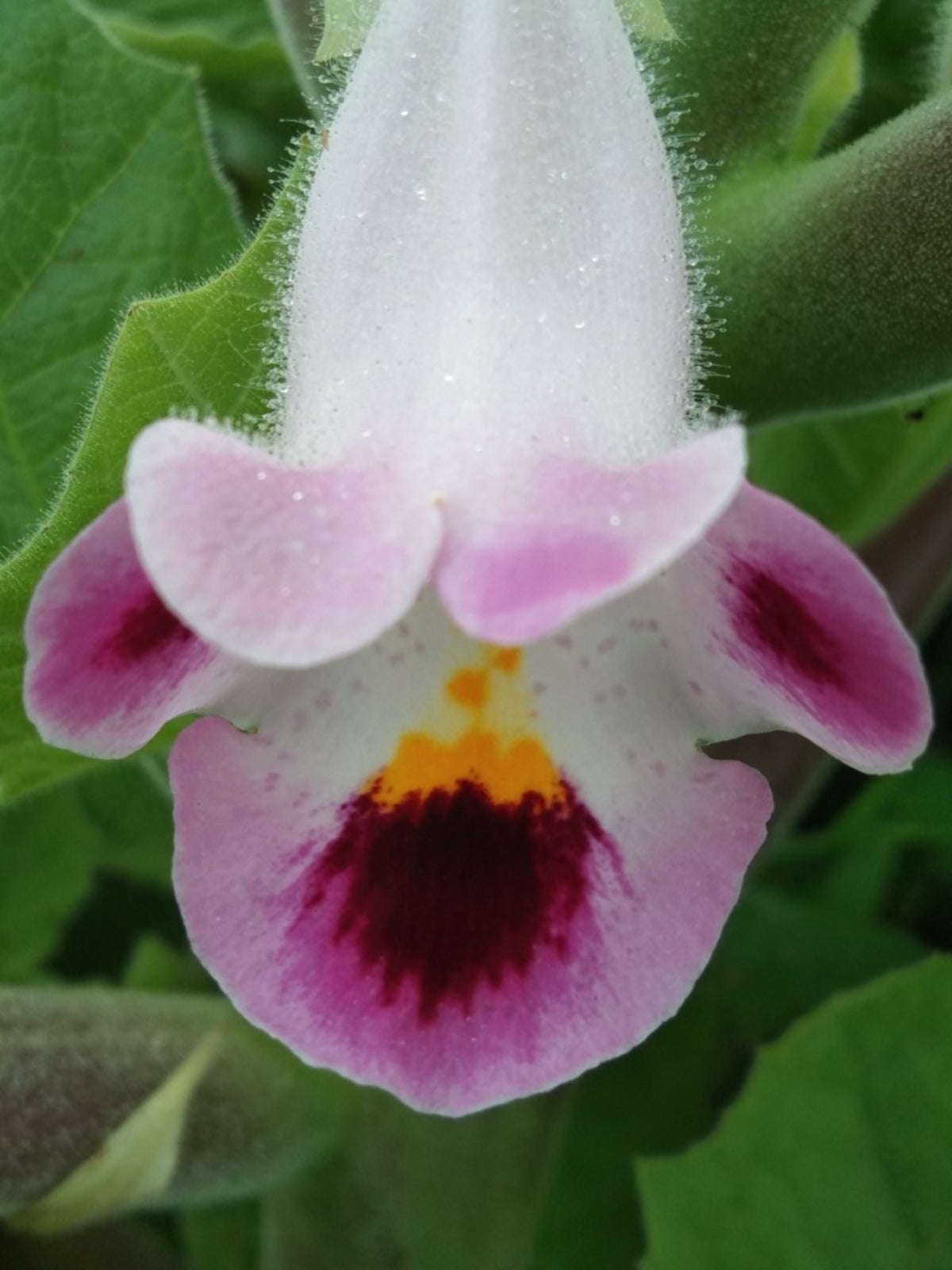Devil's Claw Plant Info: Tips On Growing Proboscidea Devil's Claw


Devil's claw (Martynia annua) is native to the southern United States. It is so-called because of the fruit, a long, curved horn with pointed ends. What is devil's claw? The plant is part of a small genus called Martynia, of tropical to subtropical species, all of which bear a curved or beaked fruit that splits into two hemispheres shaped like claws. Devil's claw plant info includes its other colorful names: unicorn plants, grappleclaw, rams' horn, and double claw. They are easy to start from seed inside, but the plants grow best outdoors once they establish.
What is Devil's Claw?
The plant's family is Proboscidea, likely because the pods may also resemble a large nose. Devil's claw is a sprawling plant with slightly hairy leaves, much like a pumpkin. There are two main varieties. One is an annual with triangular leaves and white to pink blooms with mottled corollas. The yellow flowering type of devil's claw is a perennial plant but has much the same characteristics. It also boasts hairy stems with a slightly sticky texture. The seed pod has a feral quality and tends to stick to pant legs and animal fur, transporting the seeds to new locations that are appropriate for growing Proboscidea devil's claw.
Devil's Claw Plant Info
Devil's claw is found in hot, dry, disturbed sites. Proboscidea plant care is about as easy as caring for a weed, and the plant grows without any intervention in arid zones. The preferred method for growing Proboscidea devil's claw is from seed. If you wish to plant it, you can gather seeds, soak them overnight, and then plant them in a sunny location. Keep the seed bed moist until germination and then allow the soil to dry slightly between watering. Once the plant is mature, apply water only every two to three weeks. Suspend watering entirely when seed pods begin to form. The plant is not susceptible to many pests or disease problems. If you choose to grow the plant indoors, use an unglazed pot with a mixture of topsoil and sand as your planting medium. Keep in a sunny, warm room and water only when the soil is completely dry.
Devil's Claw Uses
Native people have long used devil's claw plant for baskets and as a food item. The young pods resemble okra and Proboscidea plant care is indeed similar to okra cultivation. You can use the soft immature pods as a vegetable in stir-fries, stews, and as a cucumber substitute in pickles. The longer pods were hunted and later cultivated for their use in baskets. The pods are buried to preserve the black color and then woven with bear grass or yucca leaves. Native people were very creative at coming up with devil's claw uses for fixing and mending, fresh and dried food options, for connecting things, and as a toy for children.
Gardening tips, videos, info and more delivered right to your inbox!
Sign up for the Gardening Know How newsletter today and receive a free copy of our e-book "How to Grow Delicious Tomatoes".

Bonnie Grant is a professional landscaper with a Certification in Urban Gardening. She has been gardening and writing for 15 years. A former professional chef, she has a passion for edible landscaping.
-
 Looking For Plants To Give You The Soft And Fuzzies? Try These 5 Fuzzy Leaf Plant Options
Looking For Plants To Give You The Soft And Fuzzies? Try These 5 Fuzzy Leaf Plant OptionsLovers of texture, drama, silver foliage and tactile plants will adore these special sensory garden additions. These fuzzy leaf plant options will leave you all aglow
By Susan Albert
-
 Get Ready For A Summer Of Hummers! Grow These Full Sun Hummingbird Plants and Flowers
Get Ready For A Summer Of Hummers! Grow These Full Sun Hummingbird Plants and FlowersIf you’re lucky enough to enjoy a sunny backyard, make sure you are maxing out on your pollinator opportunities and grow these full sun hummingbird plants and flowers
By Tonya Barnett